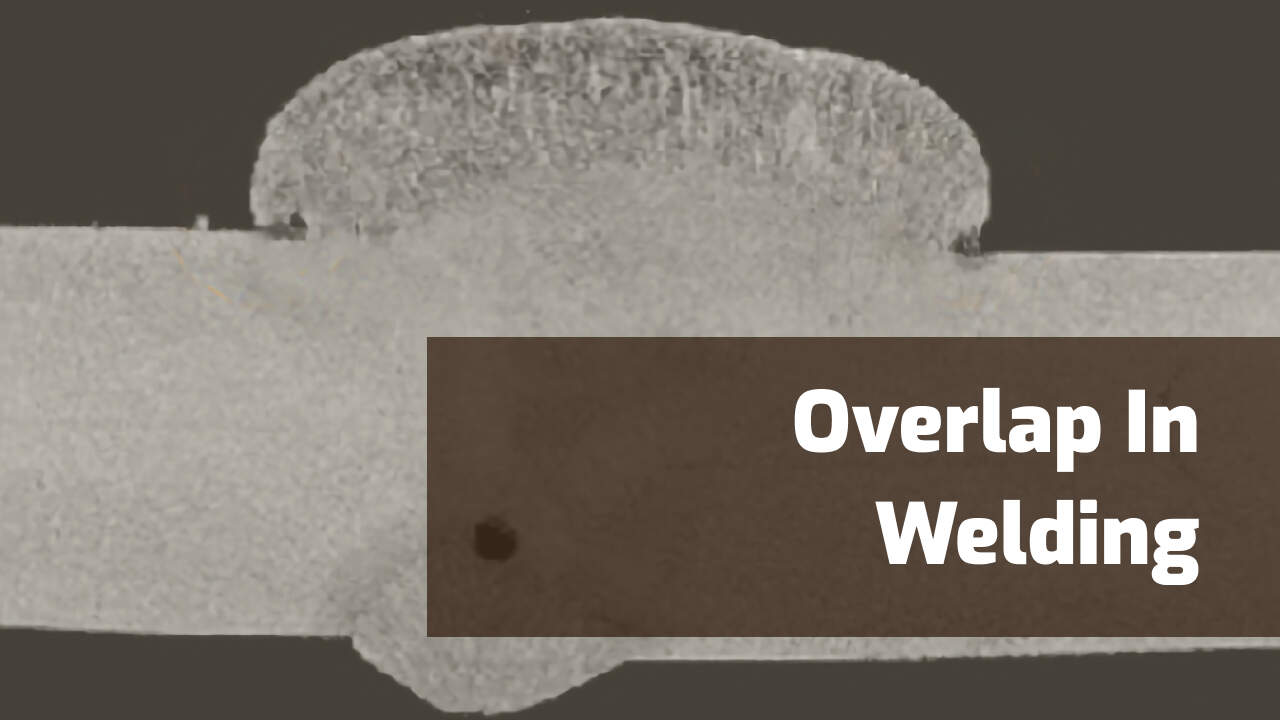Preventing Weld Undercut: Proven Methods Every Welder Should Know
Preventing Weld Undercut: Proven Methods Every Welder Should Know
Blog Article
Understanding the Art of Welding: Just How to Prevent Undercut Welding Issues for Flawless Construction Outcomes
Efficiency and precision are extremely important worldwide of welding, where even the tiniest flaw can endanger the architectural honesty of a made item. One typical difficulty that welders face is undercutting, an issue that can lead and damage a weld joint to expensive rework. By comprehending the origin of undercut welding and implementing efficient strategies to stop it, welders can boost their craft to brand-new degrees of quality (Preventing weld undercut). In the pursuit of perfect manufacture results, mastering the art of welding to avoid undercut problems is not just a skill yet a necessity for those pursuing excellence in their work.
Understanding Undercut Welding

To protect against undercut welding, welders ought to make sure correct welding specifications, such as changing the present, voltage, traveling rate, and keeping the appropriate electrode angle. By comprehending the causes of undercut welding and applying precautionary actions, welders can attain high-quality, structurally sound welds.
Root Causes Of Undercut in Welding
Understanding the factors that contribute to undercut in welding is essential for welders to produce high-quality, structurally audio welds. Undercutting happens when the weld metal does not correctly fill the groove formed between the base steel and the formerly transferred weld metal. Numerous aspects can cause undercut in welding. One common cause is too much warm input. Welding at high temperatures for extended durations can lead to the base metal melting greater than preferred, resulting in damage. Poor welding current or wrong welding rate can likewise add to undercut. Not enough current may not provide adequate warm to melt the base and filler metals properly, while extreme speed can avoid correct combination, causing undercut. In addition, incorrect electrode angles or wrong torch adjustment techniques can create locations of reduced weld steel deposition, advertising undercut. Understanding these reasons and executing proper welding methods can help stop damaging issues, ensuring solid and durable welds.
Methods to stop Undercutting

To reduce the risk of damaging in welding, welders can utilize calculated welding techniques intended at boosting the top quality and stability of the weld joints. In addition, making use of the right welding method for the certain joint setup, such as weave or stringer beads, can add to decreasing undercutting.
Moreover, appropriate joint preparation, consisting of ensuring tidy base products totally free of contaminants and using the ideal welding consumables, is vital in stopping undercut problems. Employing back-step welding strategies and managing the weld bead profile can also aid disperse heat equally and lessen the threat of undercut. Routine evaluation of the weld joint during and after welding, in addition to executing quality control actions, can help in spotting and addressing damaging concerns immediately. By executing these strategies vigilantly, welders can attain perfect construction results with minimal undercut flaws.
Significance of Correct Welding Parameters
Selecting and preserving proper welding specifications is vital for attaining effective welds with minimal problems. Welding specifications describe variables such as voltage, existing, travel speed, electrode angle, and shielding gas flow rate that straight impact the welding process. These specifications have to be carefully adjusted based on the type of product being welded, its thickness, and the welding technique employed.
Proper welding criteria make sure the correct amount of warmth is related to thaw the base metals and filler product evenly. If the criteria are established also high, it can bring about too much warm input, triggering burn-through, distortion, or spatter. On the other hand, if the parameters are too low, incomplete combination, lack of penetration, or damaging might happen.
Quality Control in Welding Procedures

Conclusion
To conclude, grasping the art of welding requires a thorough understanding of undercut welding, its reasons, and methods to stop it. By ensuring correct welding specifications and implementing high quality assurance techniques, perfect manufacture results can more information be achieved. It is necessary for welders to consistently make every effort for excellence in their welding procedures to prevent undercut concerns and create high-quality welds.
Undercut welding, a typical defect in welding procedures, occurs when the weld steel doesn't appropriately fill the groove and leaves a groove or depression along the bonded joint.To avoid undercut welding, welders need to guarantee correct welding parameters, such as changing the existing, voltage, traveling speed, and keeping the correct electrode angle. Poor welding wrong or present welding rate can also contribute to damage.To reduce the threat of damaging in welding, welders can use tactical welding methods intended at enhancing the look at here now high quality and honesty of the weld joints.In final thought, understanding the art of welding requires a complete understanding of undercut welding, its reasons, and strategies to prevent it.
Report this page